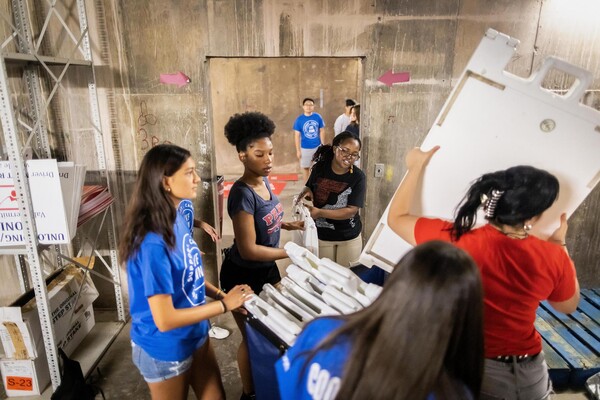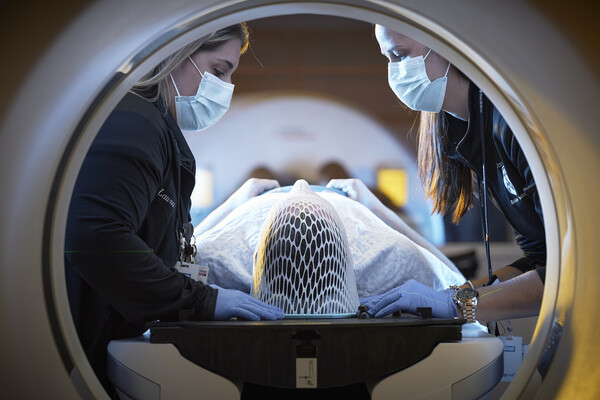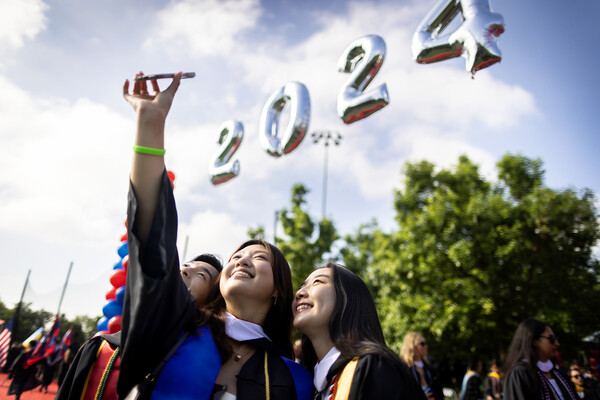Students organize ICA exhibit
Sue Ann Prince’s department head asked her last year to create a course that would allow Penn art history students to work closely with the Institute of Contemporary Art.
Prince took the assignment on willingly, and delivered something new and different in the field — an opportunity for students to curate an exhibition at the ICA.
The seven students in her new course, Contemporary Art and the Art of Curating, spent the fall learning how and why museums came to exist and the assumptions that shape how exhibits are organized and works displayed.
Then, in the spring, the students put what they learned in the fall to work, organizing “Sight/Site: Objects Subject to Change,” the first student-curated exhibit in the ICA’s history, which opens May 11 (see “What’s On,” page 6).
“We did a lot of gallery visits in the beginning of the year, learning about curatorial practice,” said Genevieve Hendricks (C’01), a student in the course. Then, to provide contrast, Prince also had the students tour private art collections in New York, Washington and Philadelphia.
“The local collections belonged to board members of the ICA, so the students got to see these objects [by well-known contemporary artists] in a setting other than a gallery — a Robert Rauschenberg, say, hanging in a bathroom,” said Prince, an adjunct lecturer in the history of art and herself a professional curator.
“These students are very sophisticated about art, but it’s a different experience seeing an object of art in a more intimate way.”
That’s the main point the students want to make in their exhibition: “This is not site-specific work,” said student Cabanne Schlafly (C’01). “It’s about how an object’s environment changes its meaning.”
Among the works chosen for the exhibit, for instance, are photographs by Louise Lawlor of famous paintings housed in storage.
In agreeing on a theme, writing a proposal, selecting works to display, mounting the works and publicizing the show, the students in Prince’s class also learned how to work together as a team. The students negotiated together over all of these items, making sure that every student contributed to the overall success of the project.
“Part of my assessment [of their course work] has to do not only with their assimilating the intellectual material, but how they learned and grew within the group function,” Prince said.
In her opinion, the students did very well in that regard. “I think the skills they gained will serve them well when they go out in the working world. Unless you’re an academic, you always have to work with other people.”







